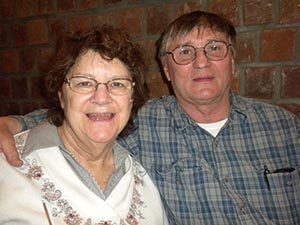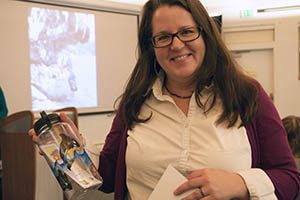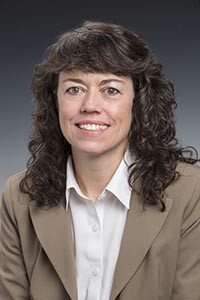
The council has benefited from Chicago-born Tom Kuckertz’ broad experience in engineering for 16 years and counting. After his retirement from the council in 2014, Kuckertz continued on as a volunteer for the committee he worked with most closely, the Terminal Operations and Environmental Monitoring Committee.
A young Kuckertz earned degrees in electrical engineering at the University of Illinois and the University of Idaho, followed by two years in the U.S. Army as a Signal Corps officer, where he was involved in the design and implementation of large communications systems.
“Basically, it involved how to move information from one place to another, and in most cases, deny access to adversaries,” explained Kuckertz.
 Since 2009, the council has partnered with the Chugach Children’s Forest to help youth from the Exxon Valdez oil spill region connect to Prince William Sound directly through unique outdoor experiences. The council has co-sponsored multiple expeditions in which students from Cordova to Kodiak ply the waters of Prince William Sound by kayak, charter vessel, and ferry. The wonders of the Sound, its wildlife, its communities, and its beauty have touched them all, and along the way these youth have learned how the Exxon Valdez oil spill affected this special place and how they can be part of preventing future spills.
Since 2009, the council has partnered with the Chugach Children’s Forest to help youth from the Exxon Valdez oil spill region connect to Prince William Sound directly through unique outdoor experiences. The council has co-sponsored multiple expeditions in which students from Cordova to Kodiak ply the waters of Prince William Sound by kayak, charter vessel, and ferry. The wonders of the Sound, its wildlife, its communities, and its beauty have touched them all, and along the way these youth have learned how the Exxon Valdez oil spill affected this special place and how they can be part of preventing future spills.